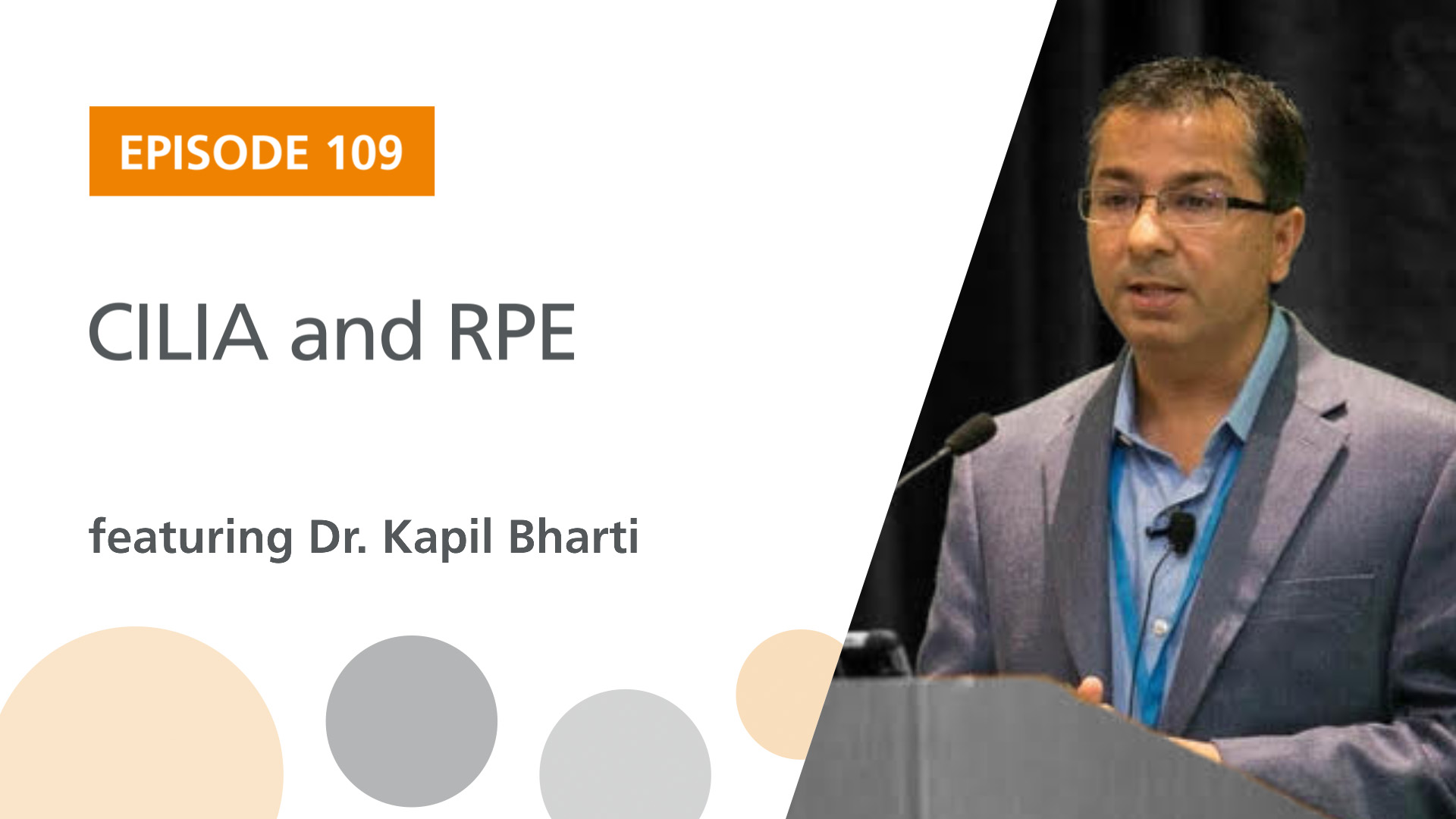
Podcast: Play in new window
Guest
Dr. Kapil Bharti is a Principal Investigator at the National Eye Institute at the NIH. His work involves performing translational research on degenerative eye diseases using induced pluripotent stem cell technology. Dr. Bharti’s group uses this technology to develop in vitro disease models to study patient-specific disease processes, to set up high throughput drug screens, and to develop cell-based therapy for retinal degenerative diseases.
Featured Resource: Extracellular Matrix News
Resources and Links
Normal Childbirth May Take Longer Than Thought – A study in two African countries found a slower rate of dilation for many women who went on to have healthy, vaginal births.
Aging Is in the Blood – A protein located in the cells that forms a barrier between the brain and blood can prematurely age the brains of young mice.
There Are Different Types of Strep Infections – Extra genes picked up by some pathogens can cause different strains to have wildly different effects on the immune system, even in the same person.
Probing a 3D Brain – BrainFacts.org, which has long been sponsored by the Society of Neuroscience and other organizations, now has an interactive 3D brain that offers more information about the organ’s structures.
Epigenetic and Blood Stem Cell Differentiation –Investigators demonstrated that the epigenetic silencing factor Ezh1 limits multilineage differentiation potential of hematopoietic stem/progenitor cells in mouse embryos and human pluripotent stem cell derivatives.
New Method for Expanding T-Cells – Researchers from Harvard University describe a system that mimics natural antigen-presenting cells and consists of a fluid lipid bilayer supported by mesoporous silica micro-rods.
CRISPR to Transiently Express Genes – Dr. Izpisua Belmonte and colleagues from Salk Institute report a robust system for in vivo activation of endogenous target genes through trans-epigenetic remodeling.
CRISPR Based Reprogramming to Pluripotency – Scientists show that reactivation of endogenous Oct4 or Sox2 using augmented forms of CRISPR/Cas9 is sufficient to reprogram mouse fibroblasts to pluripotency.
Photo Reference: Courtesy of Dr. Kapil Bharti

